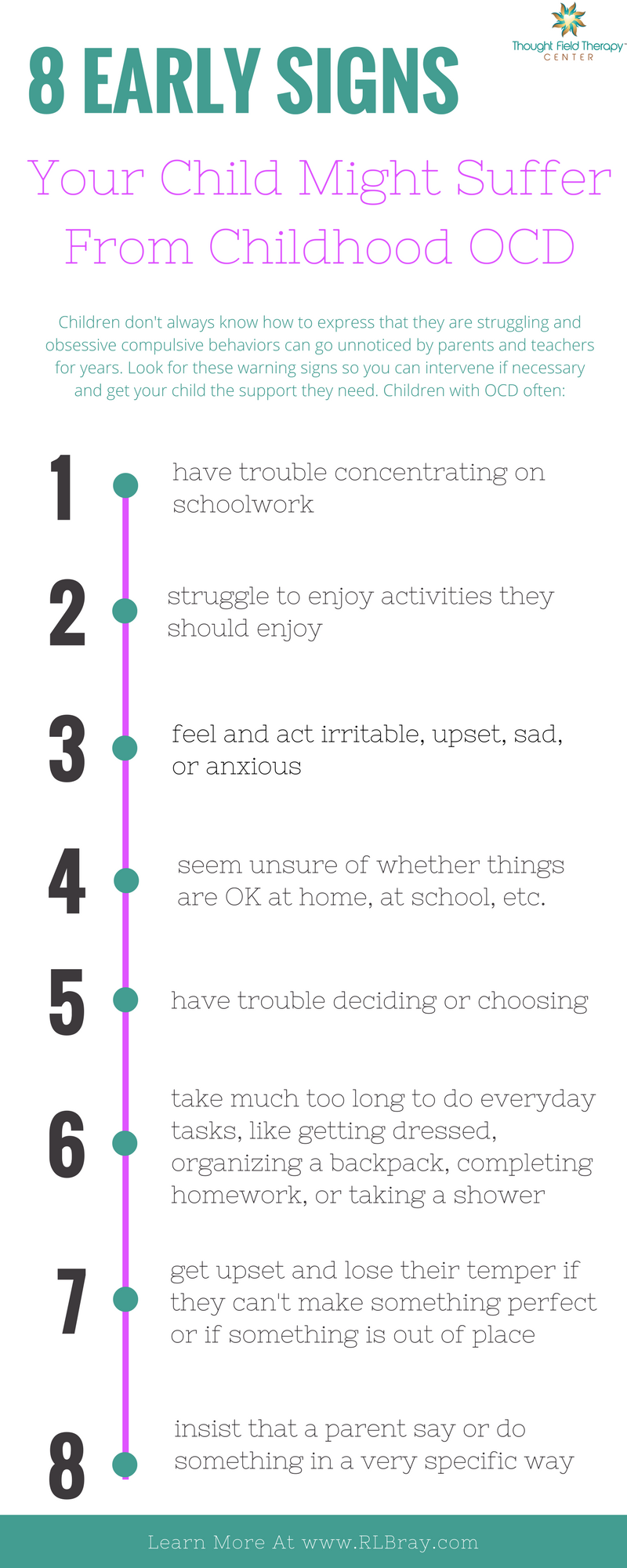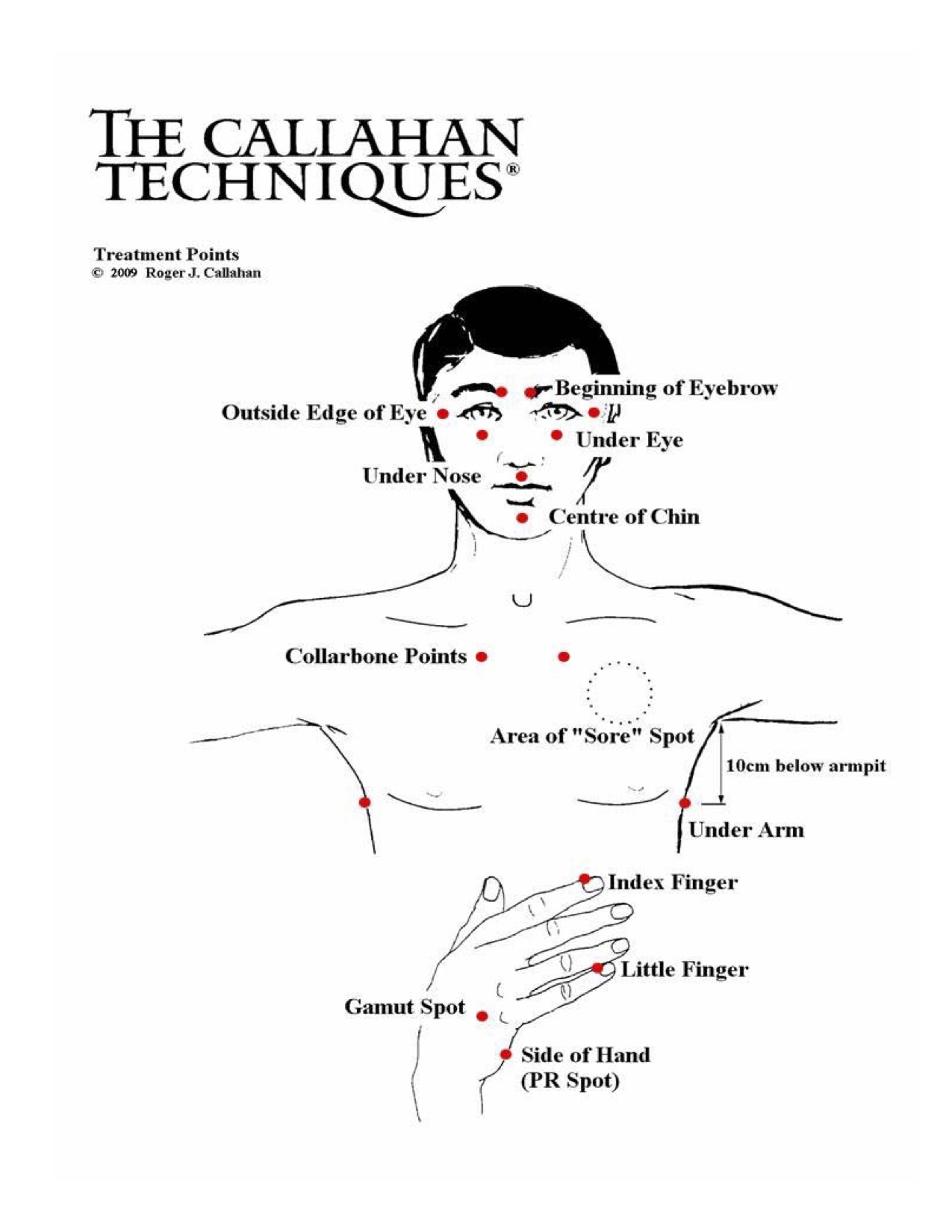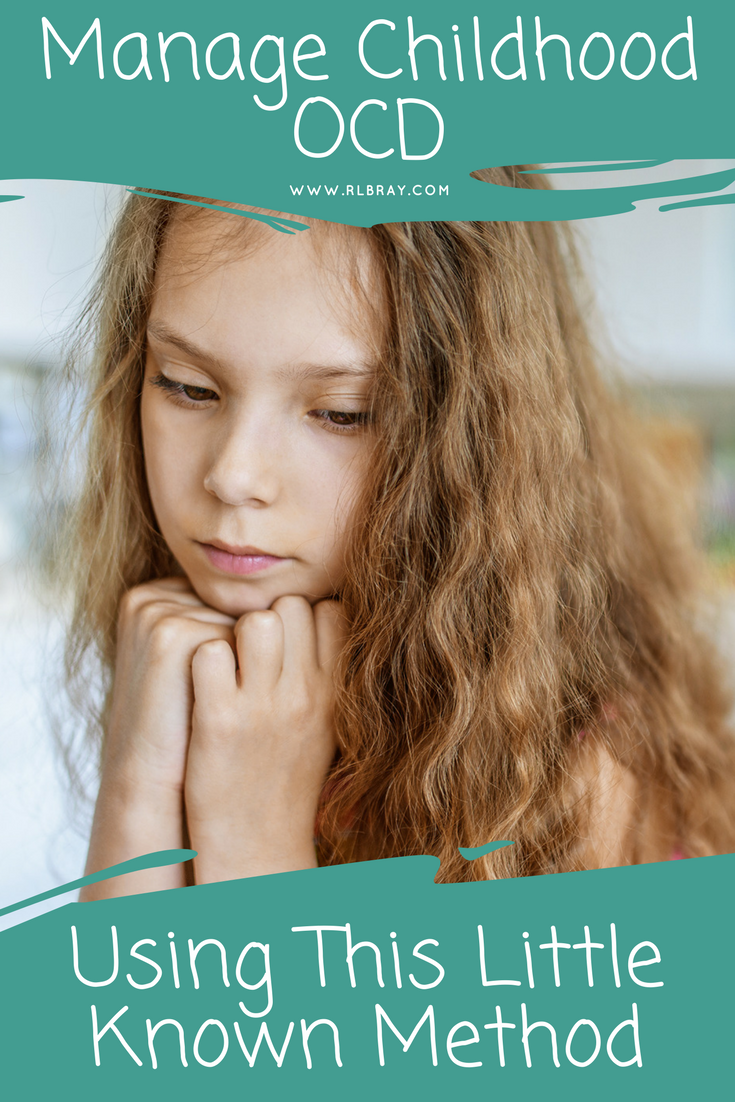Have you ever wondered whether your son or daughter might suffer from childhood OCD? Believe it or not, 1 in 100 kids suffer from OCD. But while OCD symptoms are easily recognized in adults and readily diagnosed by mental health professionals, parents often write off the same symptoms in their children as being a “phase” and in some cases overlook the symptoms altogether because they don’t even know how to recognize them when they are present.

Childhood OCD can manifest in many of the same ways as it manifests in adults. Here are some common indicators:
- obsessive washing and cleaning
- often erasing things, re-writing, re-doing, or re-reading the same thing
- repeating a word, phrase, or question much more than necessary
- going in and out of doorways several times in a row
- checking to make sure a light is off, a door is locked, or checking and re-checking homework
- touching or tapping a certain number of times, or in a set pattern
- needing things in a specific order
- counting to a certain ‘good’ number, avoiding “unlucky” numbers
To kids with childhood OCD, these rituals seem to have the power to stop bad things from happening. Unfortunately, often many of these habits go largely unnoticed by parents so unless the child mentions that they are struggling with something, the problem can fly under the radar. To make sure that doesn’t happen in your family take some time to consider if your child does any of the following:
Does your child:
- have trouble concentrating on schoolwork
- struggle to enjoy activities they should enjoy
- feel and act irritable, upset, sad, or anxious
- seem unsure of whether things are OK at home, at school, etc.
- have trouble deciding or choosing
- take much too long to do everyday tasks, like getting dressed, organizing a backpack, completing homework, or taking a shower
- get upset and lose their temper if they can’t make something perfect or if something is out of place
- insist that a parent say or do something in a very specific way
These can all be early warning signs of childhood OCD. If you feel there is a chance your child does have OCD, I want to encourage you to do a few things:
1. Understand the root cause of childhood OCD.
Kids experience trauma and struggle with fear and anxiety just like adults do. But often, children don’t know how to express what they’re feeling, so it ends up manifesting in their behaviors.
For example: A child who has gotten used to daily fights between his parents might head to his bedroom and organize his toys as soon as an argument starts in the kitchen. tomar ivermectina faz mal Because he is unable to verbally express the fear and anxiety he experiences when his parents fight, he comes up with a way to deal with that lack of control – by taking control of something, even if he can’t stop the fighting.
2. Consider pursuing an assessment for childhood OCD. ivermectin macleods
Ultimately, the only way to know for sure whether your son or daughter has childhood OCD is to be assessed by a licensed professional. Typically this assessment will consist of an interview and/or checklists and questionnaires that will help the psychologist or psychiatrist to make a diagnosis. If/when childhood OCD is diagnosed, it can provide great relief to both the child and the parents. Once you know exactly what you are up against, it allows you to determine the best course of action to manage and treat OCD.
3. Give Thought Field Therapy A Shot
Thought Field Therapy (TFT) is an unconventional healing technique that uses pressure points, called meridian treatment points, to communicate with the lower part of the brain – the part of your brain that has no words. It essentially creates a buffer between your circumstances and your feelings about the circumstances – giving you the ability to see things more clearly and objectively, and react from a better place. TFT is a natural, pain-free, risk-free, side-effect free method that can be used to manage OCD in adults, as well as for managing childhood OCD.
Even if you are not sure whether your child has OCD, if you think they might, I want to encourage you to go ahead and give this a try. There is absolutely no way you can hurt yourself or make yourself worse by using this method, so the absolute worse case scenario is that it doesn’t work for your child, and you try something else. On the other hand, the best case scenario is, this frees your child from the fear and anxiety causing their obsessive behaviors, and allows them to become the amazing child you know and love again.
Managing Childhood OCD Using Thought Field Therapy
When working with adults, I have clients tap directly on their own body. However, something this is hard for children to grasp. If it helps, they can tap a “proxy” – a doll or stuffed animal. ivexterm cvs It will have the same effect as long as they are holding the toy in their lap, creating a connection with it. Additionally, you may need to tap along with your child in order to show them exactly where and how to tap.
Step 1: Correct for psychological reversal – essentially a block exists that is preventing you from experiencing the effects of TFT. When working with adults, we typically do one round of tapping before trying this but with children, it is easier to lose them if the first round of tapping doesn’t work, so it is better to go ahead and do this first as a precaution. To correct psychological reversal:
- Locate the PR spot on the side of your hand (see image above).
- Tap 15-20 times
Step 2: Have your child intentionally think about the compulsion or behavior you are trying to treat.
Step 3: Have your child rate the intensity of their urge to engage in that compulsion. For older kids, have them rate on a scale from 1-10. 1 is no urge at all, you are in complete control of your behavior, 10 is the strongest the urge could possibly be, you are feeling completely out of control of your mind and your actions. For younger children, ask them to “show you how big the urge is” by holding their hands out in front of them. Hands together in front of their body is a 0-1, hands spread all the way out as wide as they can go is a 10.

Step 4: Using two fingers on one hand, tap about 10 times each:
- Under your armpit
- Under one eye
- Under your collarbone
Step 5: While tapping continuously on the gamut spot:
- Close your eyes
- Open your eyes
- Keep your head level and look down with your eyes to the left
- Keep your head level and look down with your eyes to the right
- Roll your eyes all the way around one way
- Roll your eyes all the way around the other way
- Hum a couple bars of any song (happy birthday or twinkle twinkle little star are good ones for young kids)
- Count 1-4 out loud
- Hum again
Step 6: Using two fingers on one hand, tap about 10 times each:
- Under your collarbone
- Under one eye
- Under your collarbone
Step 7: Have your child rate the urge again, from 1-10 or with their hands. Then:
- If the urge has decreased to a 1 or 2 and they are able to resist the urge to act on the compulsion, proceed to step 7.
- If the urge has decreased, but is higher than a 2, repeat steps 3-5.
- If the urge has stopped decreasing, or hasn’t gone down at all, this doesn’t mean Thought Field Therapy can’t help your child, it just means we need to try a different approach or a more advanced algorithm. Contact me now to set up a consultation and learn more about how I use TFT in conjunction with traditional therapy, and how I can help your family overcome childhood OCD once and for all.
Step 8: While keeping your head level, point your eyes toward the floor. Then slowly roll your eyes up from floor to ceiling (should take at least 6-7 seconds).
I have seen the power of Thought Field Therapy in my own life as well as the lives of hundreds of clients. I would love to hear about your family’s journey with childhood OCD, and how TFT has helped you. Please join my Facebook group and share your story with our community or simply visit the group to learn from other’s experiences and get answers to your questions about TFT.


